- Special and expensive feeling
- Peppy 3-cylinder engine
- Great practicality
- Way too expensive to buy
- Engine can be thirsty
- Expensive servicing
As far as image exercises go, Peugeot’s rebirth in Australia has been pretty successful so far. Represented by a new distributor and armed with fresh products – and with some tasty incoming offerings such as plug-in hybrids and EVs – Peugeot is set up for greater sales in Australia. Well, if COVID and supply shortages hadn’t reared their ugly heads… Anyway, the point is that Peugeot’s lineup is the best it’s had in years and part of that is the 2021 Peugeot 2008 GT Sport.
The 2008 is the brand’s entry-level SUV and it competes in size with cars such as the Skoda Kamiq, Ford Puma, Toyota Yaris Cross and Nissan Juke. Small SUVs are definitely in vogue right now, as buyers trade up from small hatchbacks for supposedly more ground clearance and greater practicality thanks to a larger body. We predict that small SUVs such as these will eventually kill off light cars and maybe one day, the 2008 will replace the 208 (which isn’t currently sold in Australia). Is that potential a worthy trade? Let’s find out.
Price & Specs: 6/10
Pricing for the 2008 range kicks off at $34,990 plus on-road costs (around $39,000 drive away depending on your location) for the entry-level Allure, but we tested the opposite end of the range: the GT Sport. It’s priced $9,000 higher than that at $43,990 +ORC (officially $48,242 drive away), which is not exactly cheap.
Standard kit includes 18-inch alloy wheels, LED lighting, auto lights and wipers, Nappa leather upholstery with an electric and massaging driver’s seat, heated front seats, single-zone climate control, a 10-inch touchscreen with satellite navigation, digital radio, wired Apple CarPlay and Android Auto, keyless entry and start, heated and auto-folding mirrors,
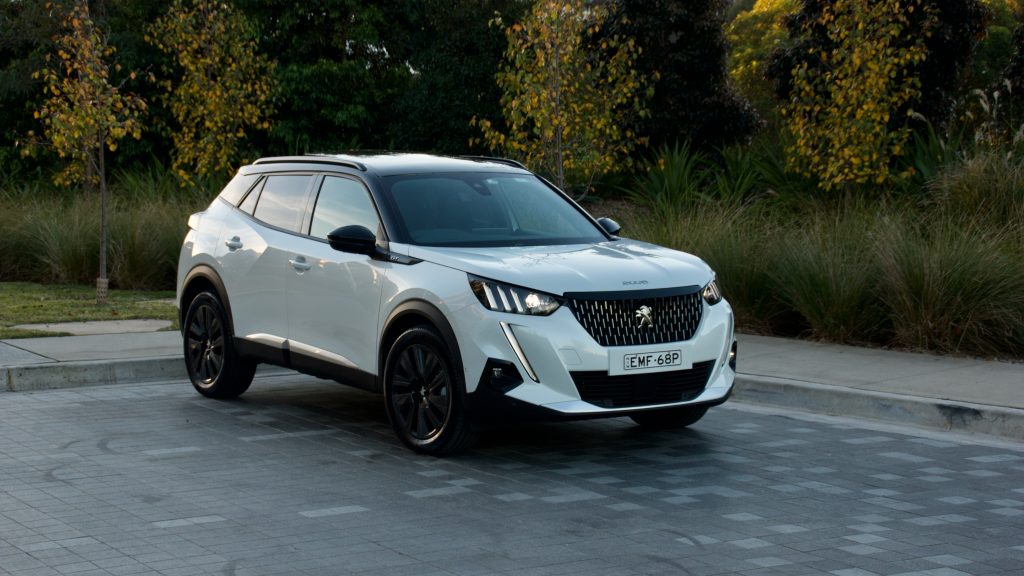
Safety kit includes six airbags, auto emergency braking (AEB) with pedestrian and cyclist detection, driver attention alert, lane keep assist with lane position assist, adaptive cruise control with stop and go functionality, auto high beam, auto parking, a reversing camera with front and rear parking sensors and tyre pressure monitoring.
The only non-cost colour is ‘Orange Fusion’, while ‘Nera Black’, ‘Onyx Black’, ‘Artense Grey’ and ‘Platinum Grey’ cost an extra $690 and ‘Vertigo Blue’, ‘Elixir Red’ and the ‘Pearl White’ fitted to our test car cost $1,050. The only other optional extra is the $1,990 panoramic roof, which our test car was fitted with. All up, our test car cost $51,437 drive away, which is a huge amount of money for a small SUV.
With pricing that high, Peugeot is playing in the premium small SUV field, which is odd given that it doesn’t play in the same space in Europe. We consider the Audi Q2 35, as well as the Skoda Kamiq Signature and Ford Puma ST-Line V to be the 2008 GT Sport’s biggest rivals. Pricing for the Kamiq Signature is $38,990 drive away, the top-spec Puma asks $40,525 ($43,386 fully loaded) drive away and the base model Q2 is $48,683 (around $52,000 equipped to the Peugeot’s level) drive away.
While arguments can be made for the Puma and Q2’s value equations over the Peugeot, the Kamiq has comfortably more standard kit than the 2008 – yet it’s a good $10,000+ less expensive to buy. What’s worse is that Peugeot’s base model 3008 starts at $49,242 drive away, and while the 2008 has more kit like full leather upholstery, the 3008 is more car for the money.
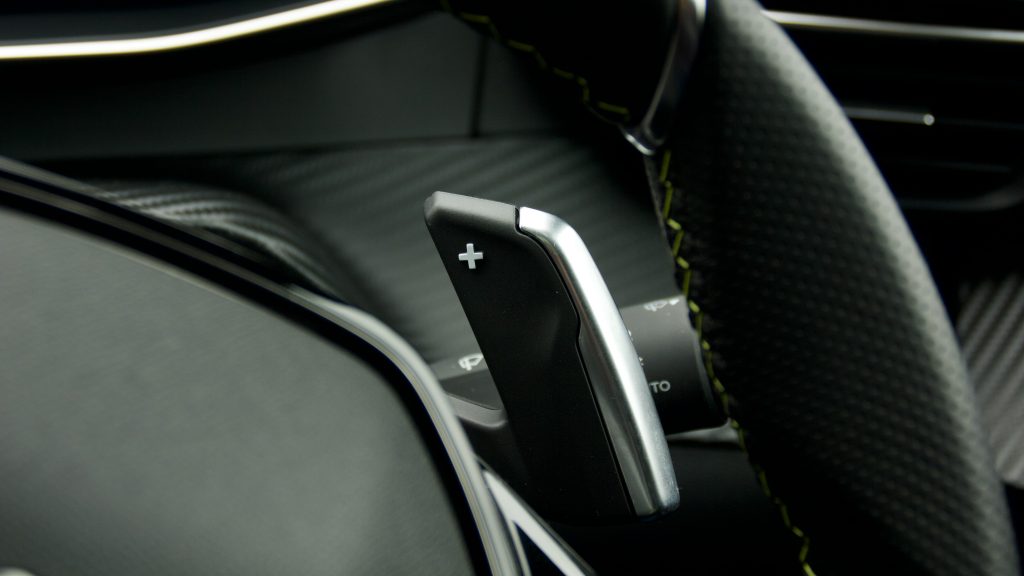
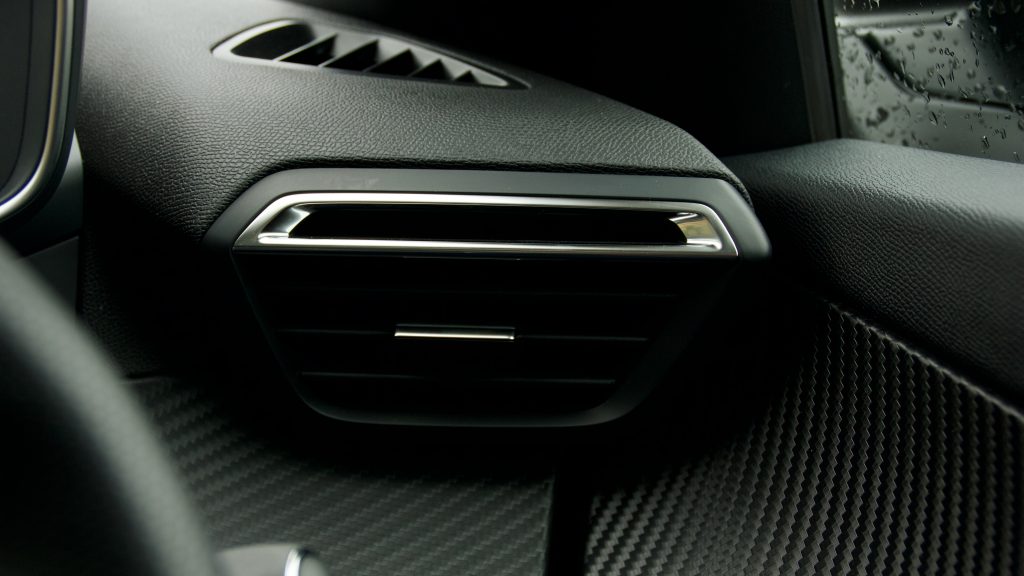
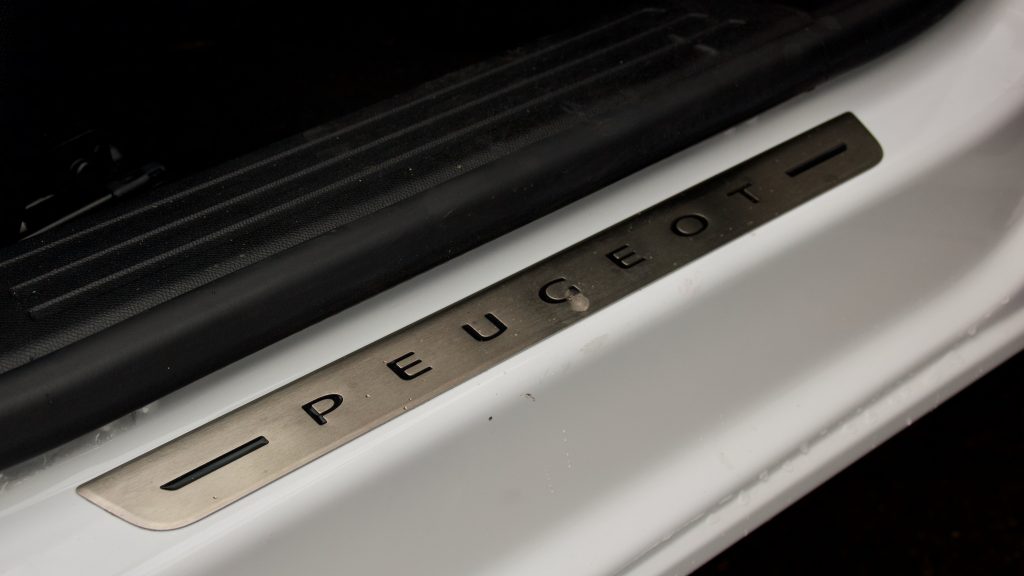
Performance & Economy: 8/10
Like the entry-level Allure and mid-spec 2008 GT, the top-spec 2008 GT Sport uses a 1.2-litre turbocharged three-cylinder petrol engine. Unlike those models however, the GT Sport produces a higher 114kW of power and 240Nm of torque, and it uses an eight-speed automatic transmission – the others make 96kW/230Nm and use a six-speed auto. All 2008s are front-wheel drive.
Like the Kamiq and Puma, the Peugeot’s engine is a three-cylinder unit, though unlike those cars – in Australia at least – it also offers a higher-powered three-cylinder variant, which we have in the GT Sport. The outputs are particularly healthy for a three-cylinder engine – the four-cylinder Kamiq and Q2 (they share the same engine) make 110kW and 250Nm, for example. It’s a grunty little engine as well, with a lot of character that makes dreary four-cylinder engines seem, well, dreary.
Peugeot claims a 0-100km/h sprint time of 8.7 seconds, which is pretty healthy in the small SUV class – the Kamiq 110TSI takes around the same time, while the Puma takes just over 10 seconds. There’s also strong low-range pull as peak torque hits at just 1,750rpm, which means you don’t have to plant the throttle to get the most out of the engine. It’s a worthwhile experience doing so though, as it offers surprising punch and a nice three-cylinder growl.
Unlike the entry- and mid-spec 2008s, the GT Sport uses an eight-speed torque converter automatic transmission and it’s excellent. It’s quick to shift, intuitive and much more drivable than dual-clutch autos at lower speeds. There’s no hesitation off the line, it just gets on with the job. Put it into sport mode and it holds gears longer – change that to eco mode and it will shift higher as early as possible and even coast when you’re not accelerating or braking. Those wanting manual shifting can use the paddle shifters.
Peugeot claims fuel consumption of 6.1L/100km combined and we got 8.3L/100km in mixed driving – a four-cylinder Kamiq used under 6L/100km in our testing, as did the Puma, so the Peugeot could be more efficient. Like its rivals, the 2008 requires minimum 95RON premium unleaded and features a 44-litre fuel tank.
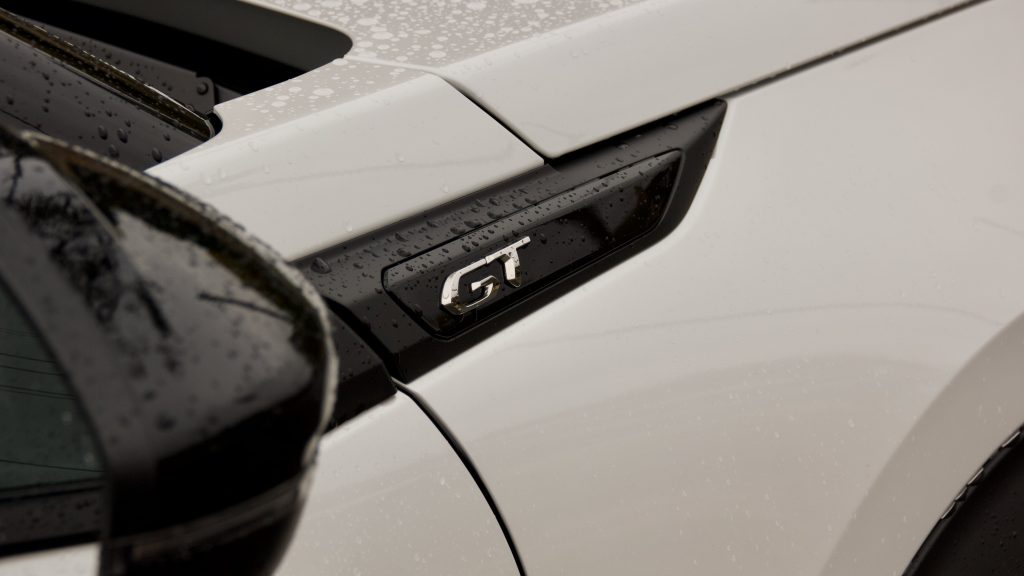
Ride & Handling: 8/10
Sitting on Peugeot Citroen’s CMP (Common Modular Platform) architecture, the 2021 Peugeot GT Sport sits at the larger end of the small SUV segment – its 4,300mm length is comfortably larger than the Ford Puma, for example. It’s this length plus a well-developed platform that makes the 2008 an excellent car to drive.
It doesn’t handle as well as the Puma – nothing in this segment does – but it still rides well and offers a lot of fun behind the wheel. Despite featuring a simple torsion beam rear suspension set up – which the French car makers just love – the 2008’s ride quality is excellent, even on the rubbish roads that Sydneysiders use every day. It’s supple and provides a great balance that we’ve become used to from Peugeot.
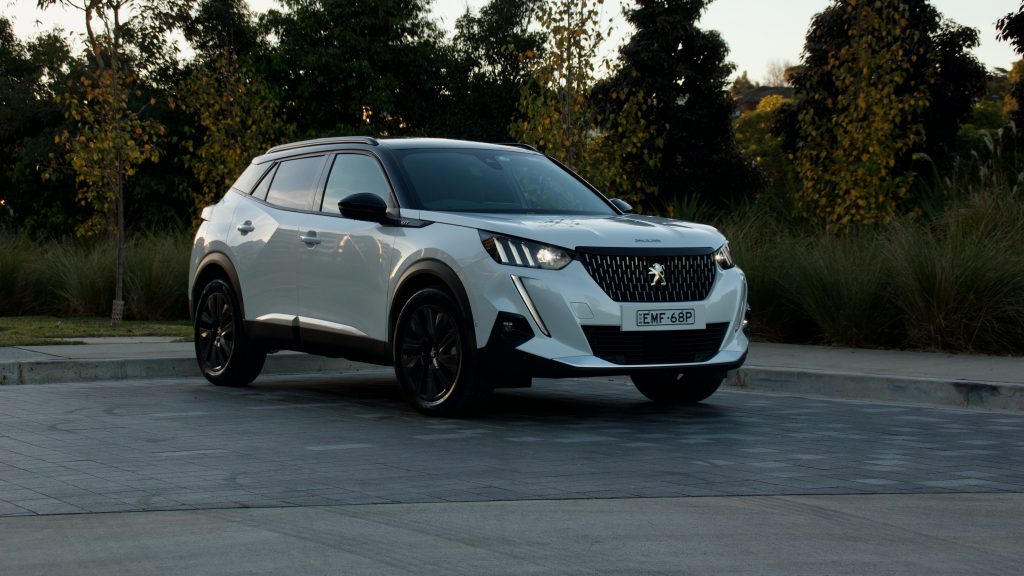
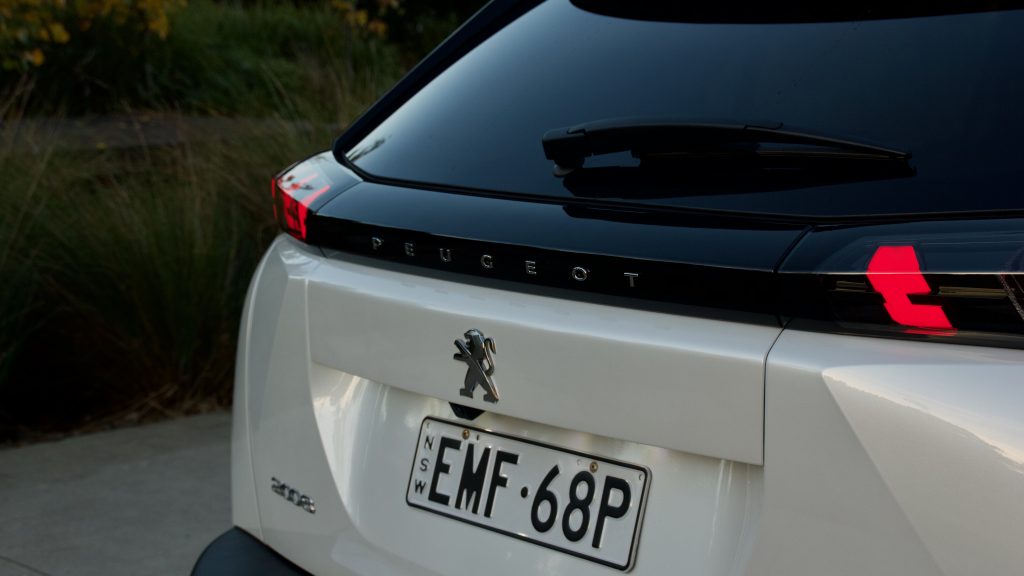
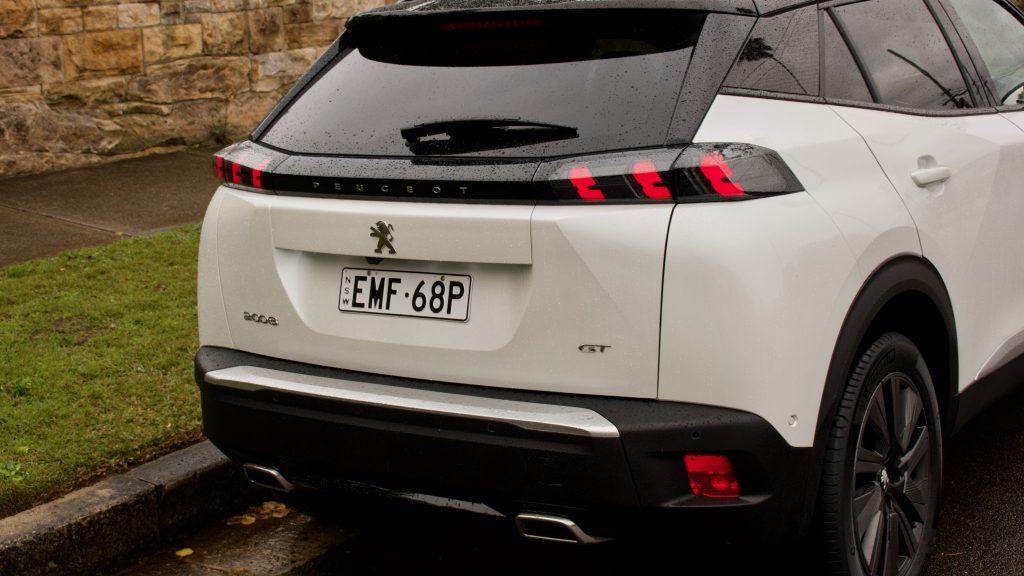
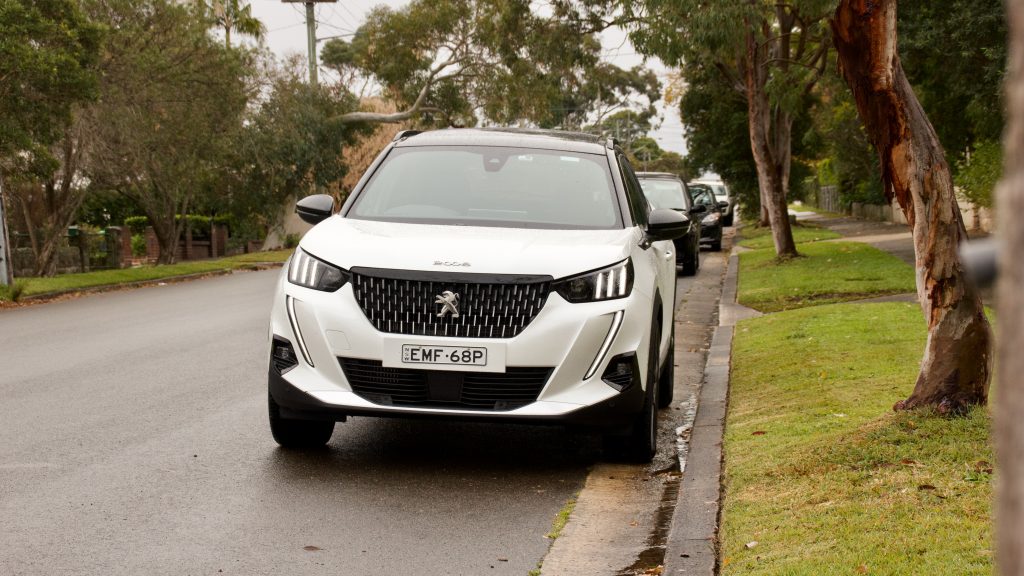
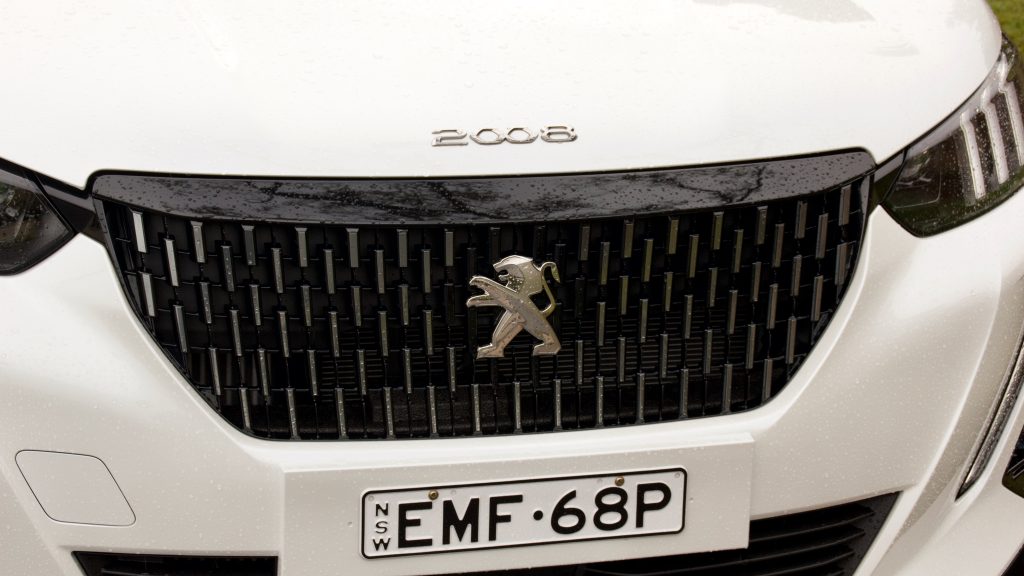
Taking a back road in the 2008 is a fun experience thanks to its relatively light 1,287kg kerb weight. It flies from corner to corner without fuss and the great chassis and high grip levels from the tyres give you confidence to push it. Again, it’s not as fun as a Puma but it’s not far off. Road noise levels are pleasingly low despite large 18-inch wheels, though its rear visibility isn’t great thanks to the angular body.
Interior & Practicality: 9/10
Inside the 2021 Peugeot 2008 GT Sport is typical of what we’ve come to expect from Peugeot interiors of the past five or so years: classy, high quality and decidedly premium in both look and feel. The design of the cabin alone is so bespoke and it stands out in a sea of boring dashboard designs. Unlike a lot of other small SUVs, Peugeot has definitely put effort into the 2008’s cabin.
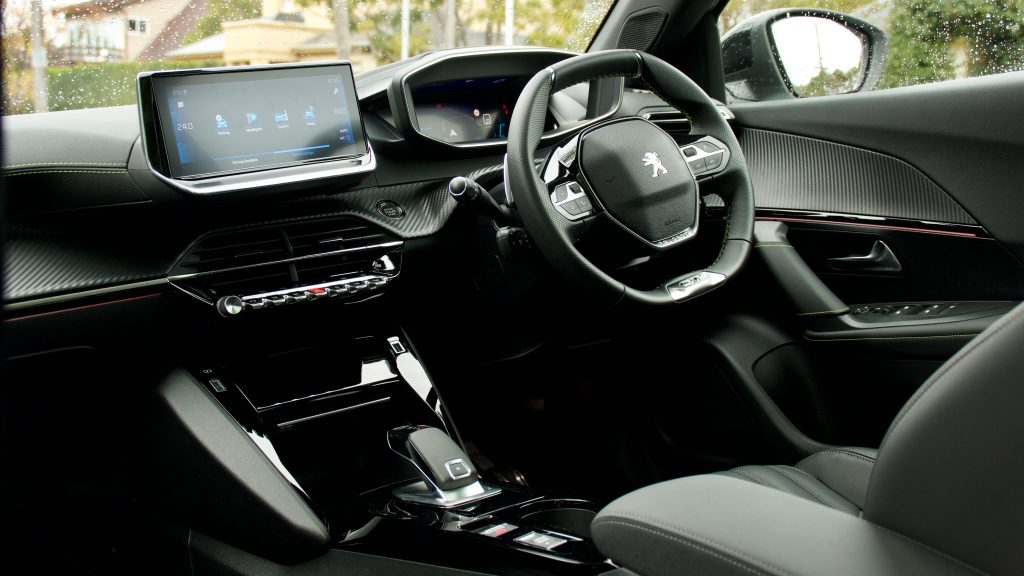
The materials used inside the 2008 are excellent. From the supple Nappa leather upholstery to the stitched dashboard, every piece of trim feels well designed and high quality. We particularly like the lime green stitching of the GT Sport variant, and the switchable LED ambient lighting. The feel of the 2008’s interior is decidedly premium, much more so than the cabin of the Audi Q2 and while both the Kamiq and Puma’s interiors offer good materials, the 2008’s is just so much more exciting to look at.
The use of in-car tech is strong in the 2008 as well. The GT Sport variant uses a large 10-inch touchscreen with wired Apple CarPlay and Android Auto, as well as digital radio and satellite navigation. It’s feature packed, though it’s not the most intuitive system to use – the screen response time can be slow and the reversing camera’s resolution, much like the larger 3008 and 5008, is poor. The brand’s ‘i-Cockpit’ digital dials are use a 3D pattern in the 2008 and they’re excellent. Crisp, detailed and configurable as well, not all drivers will like them, but we do.
Practicality inside the 2008 is reasonable with good-sized cupholders joined by big door bins, a tray ahead of the gearbox, a wireless phone charger located under the AC controls (with both a USB-A and USB-C port either side) and a small bin under the centre armrest. Of course, the glovebox is tiny in the usual French way – why can’t they learn how to switch the fuse box for right-hand drive cars?
The 2008’s rear seat is reasonably spacious for six-footers with fine leg- and headroom, though the small windows do make it feel a touch claustrophobic. There are map pockets, bottle holders in the doors and two USB-A chargers but that’s it – no arm rest, no vents and no proper cup holders. Bootspace is excellent though at 434-litres, and a healthy 1,467L with the rear seats folded, which is more than rivals, including the Kamiq (400-1,395L). There’s also a dual-level floor and a few hooks to hold shopping bags – though nowhere near the level of pragmatism of the Kamiq, which features rear vents, more rear space, a double-sided boot mat and a lot more boot cleverness.
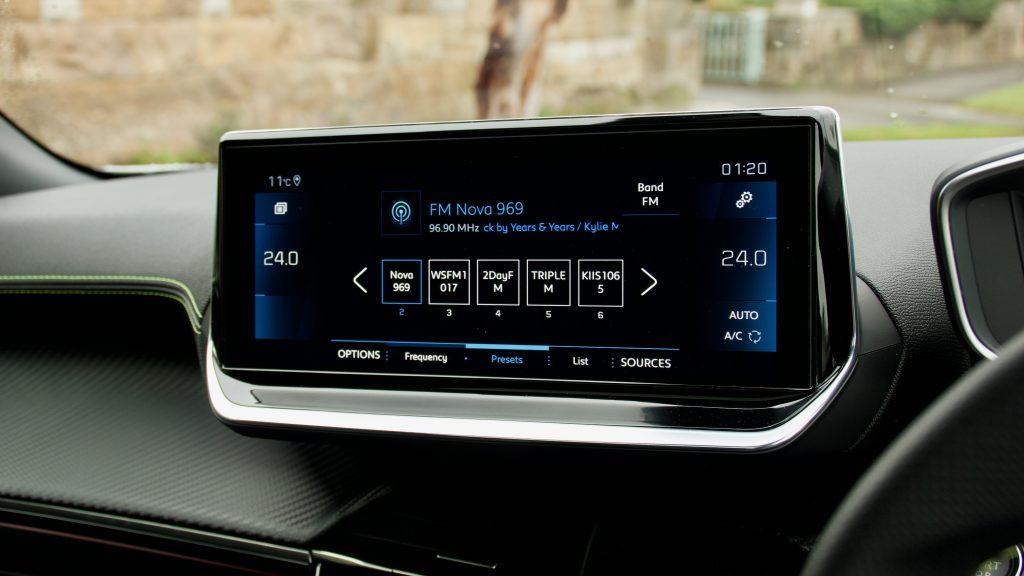
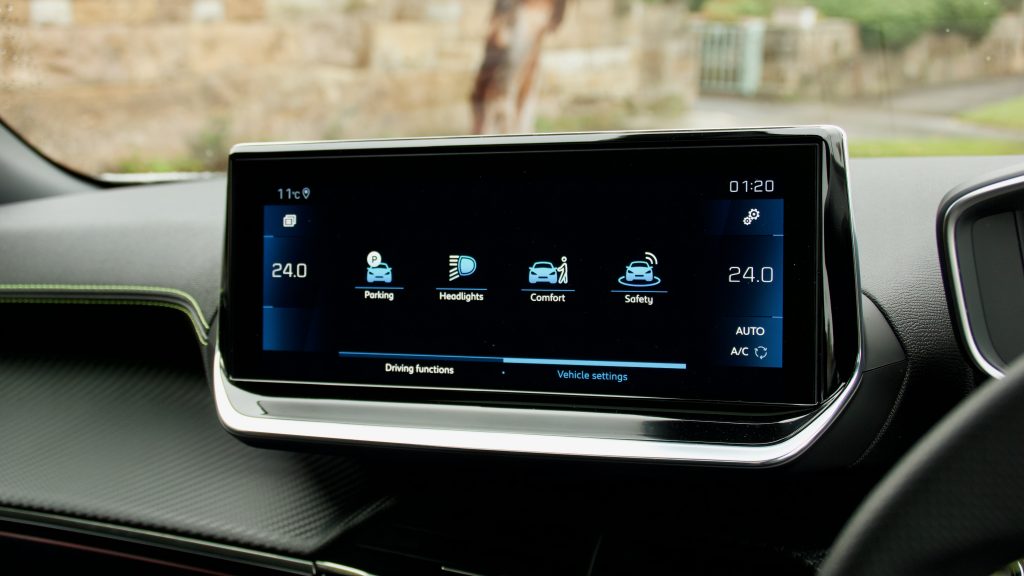
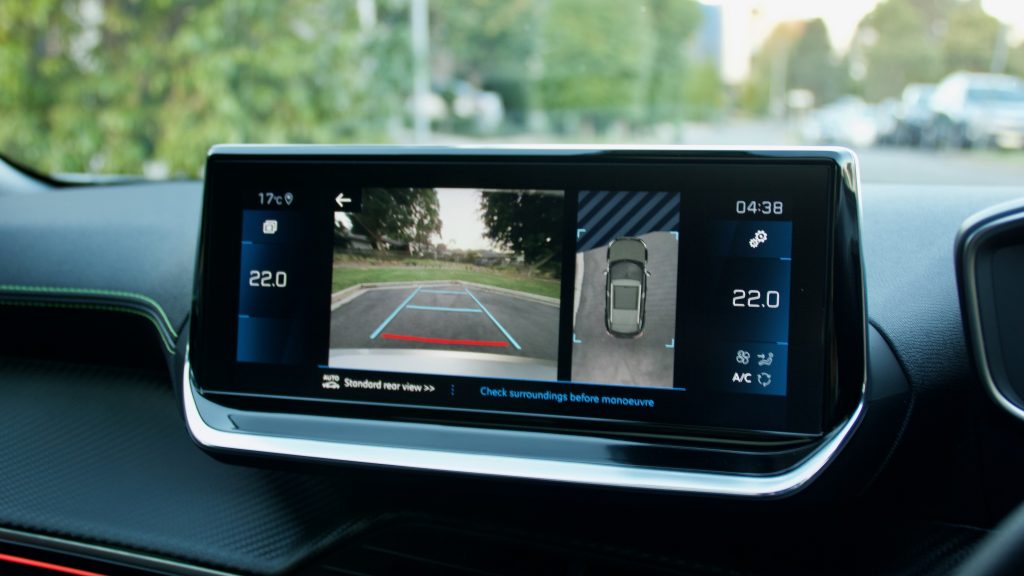
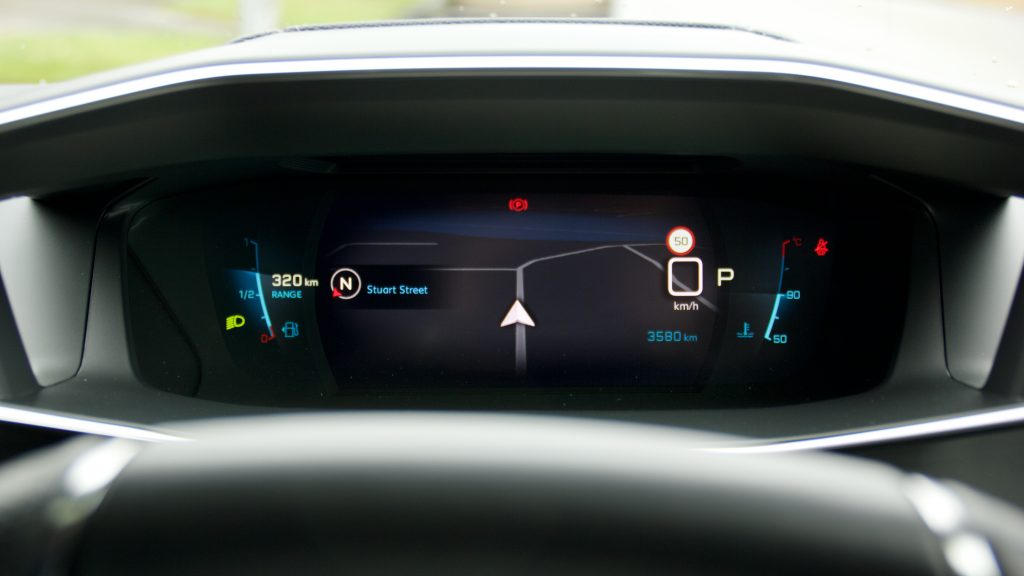
Service & Warranty: 7/10
Like other Peugeot products in Australia, the 2021 Peugeot 2008 GT Sport is equipped with a five-year/unlimited km warranty with five years of roadside assistance. Servicing is required once yearly or every 15,000km – whichever comes first – and five years/75,000km of servicing costs an expensive $2,466 ($493 per service).
Over at Skoda and Ford, both the Kamiq and Puma come with the same five-year/unlimited km warranty, though only 12 months of roadside assistance (which is topped up 12 months by each dealer service up to five years in total). Servicing a Kamiq over the same five years/75,000km costs a slightly less $2,319 ($463 per service) but buyers can choose a $1,400 five-year service pack at time of purchase, which we would very much do.
The Puma is a much more reasonable $1,516 ($303 per year). The Audi Q2 comes with a lacklustre three-year/unlimited km warranty, and a five-year/75,000km service pack costs $2,320 ($464 per year) – capped price servicing details aren’t published but cost more.
The 2021 Peugeot 2008 GT Sport DiscoverAuto Rating: 7.6/10
The 2021 Peugeot 2008 GT Sport is a genuinely likeable car that offers a comfortably more luxurious experience than its main rivals. It’s well equipped, drives nicely, uses a strong turbocharged three-cylinder petrol engine, has an intuitive eight-speed automatic transmission, comes with a practical boot and best of all, has a high quality and bespoke interior that wouldn’t be out of place in an $80,000 car.
There’s a lot to recommend about the 2008 GT Sport but there’s also one big reason why you wouldn’t: it’s just too expensive in Australia. Yes it’s well equipped and yes it feels special on the inside, but there’s no reason why it should also then cost $12,000 more than the equivalent Skoda or Ford – cars that the Peugeot competes comfortably on price with in Europe. That it costs more than its larger brother and even a properly premium-badged car (the Audi Q2) rubs more salt into the wound. The 2008 is a fantastic car, but with such naive pricing, it’s unlikely to find many friends in Australia. And that, unfortunately, is a massive shame.
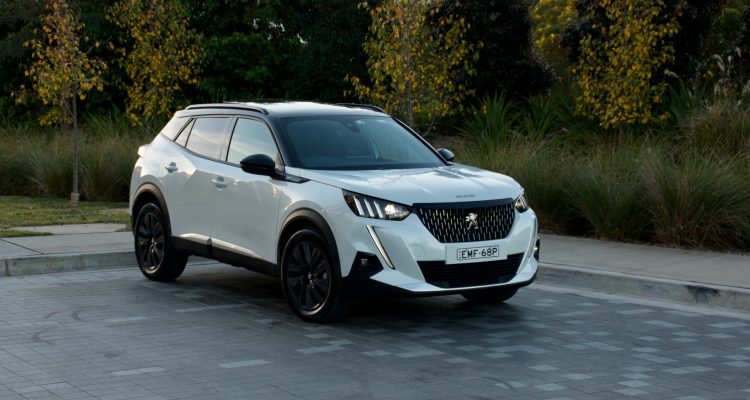
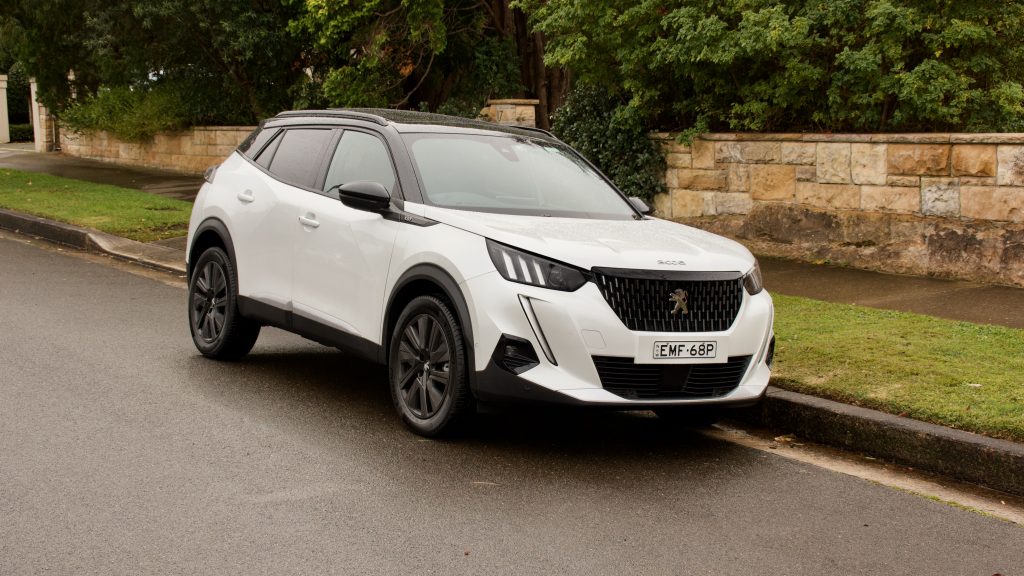
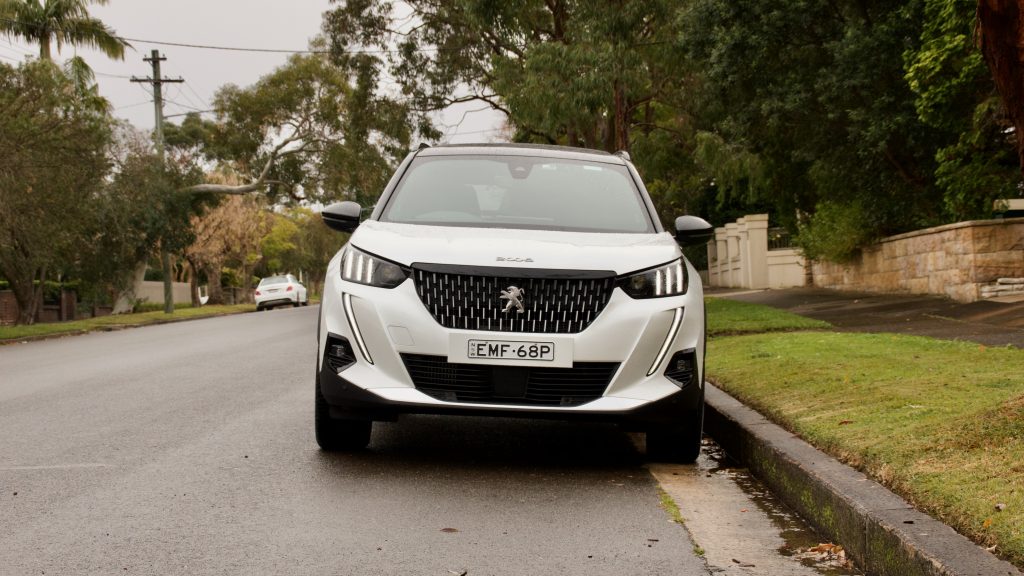
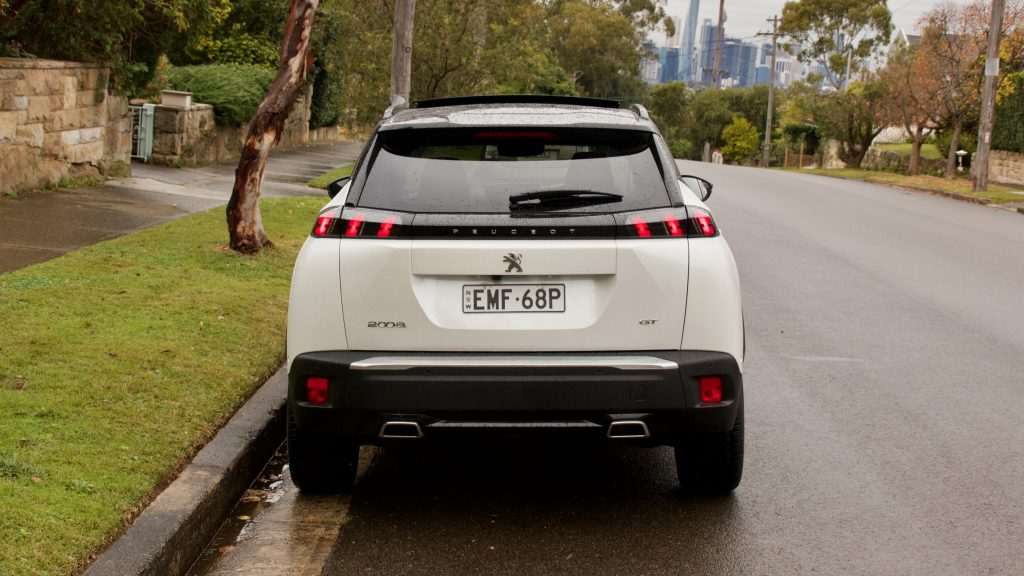
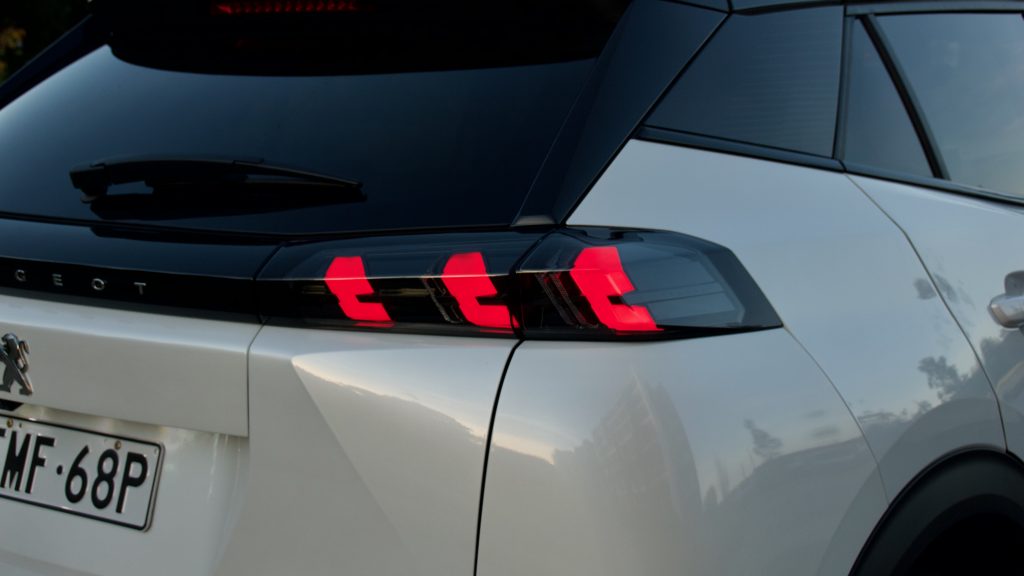
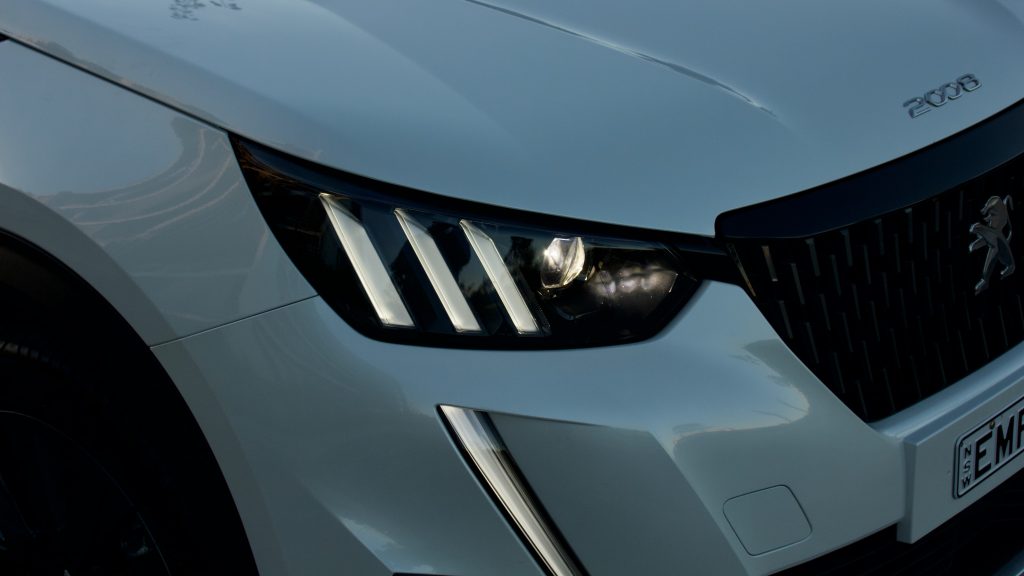
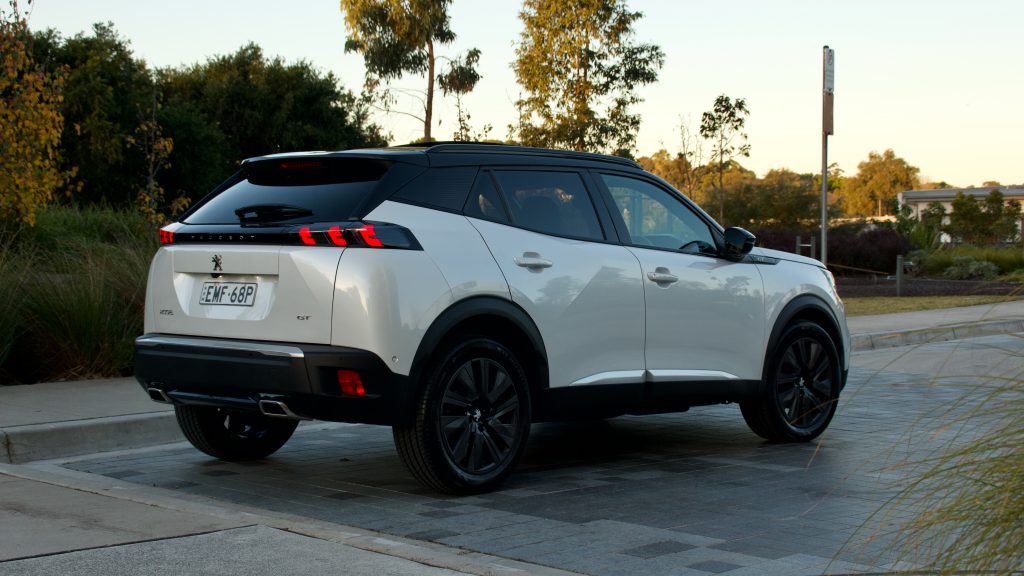
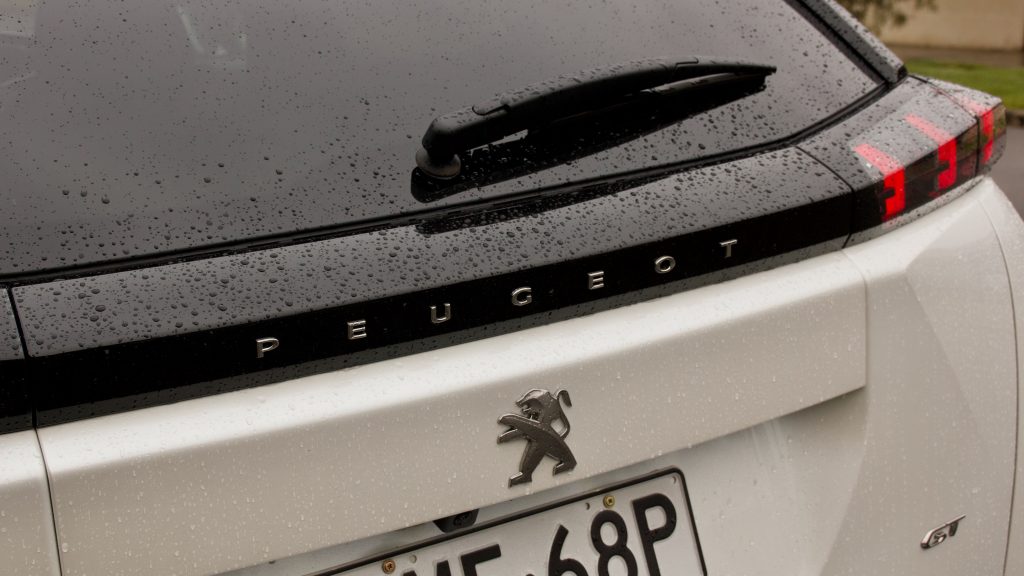
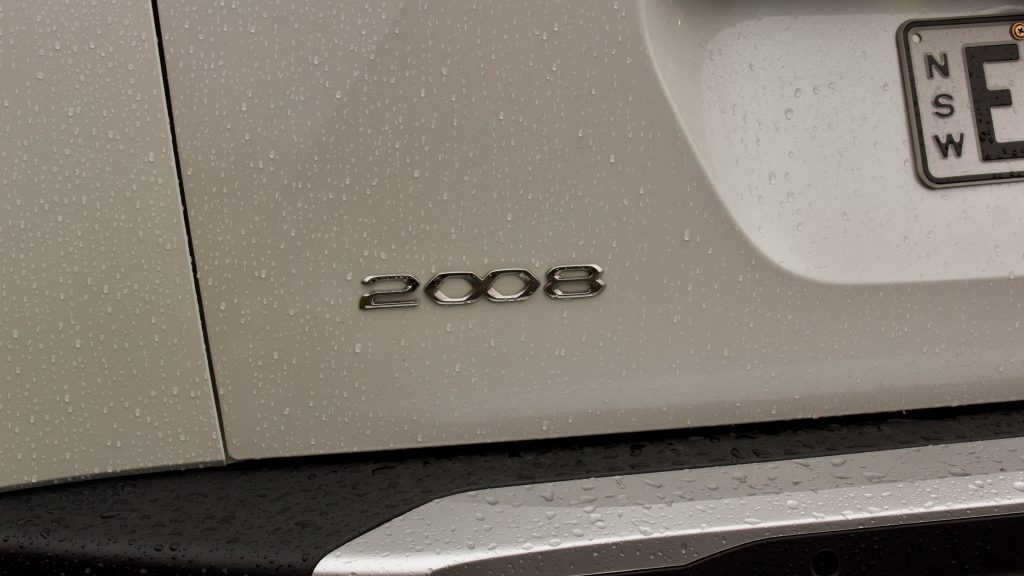
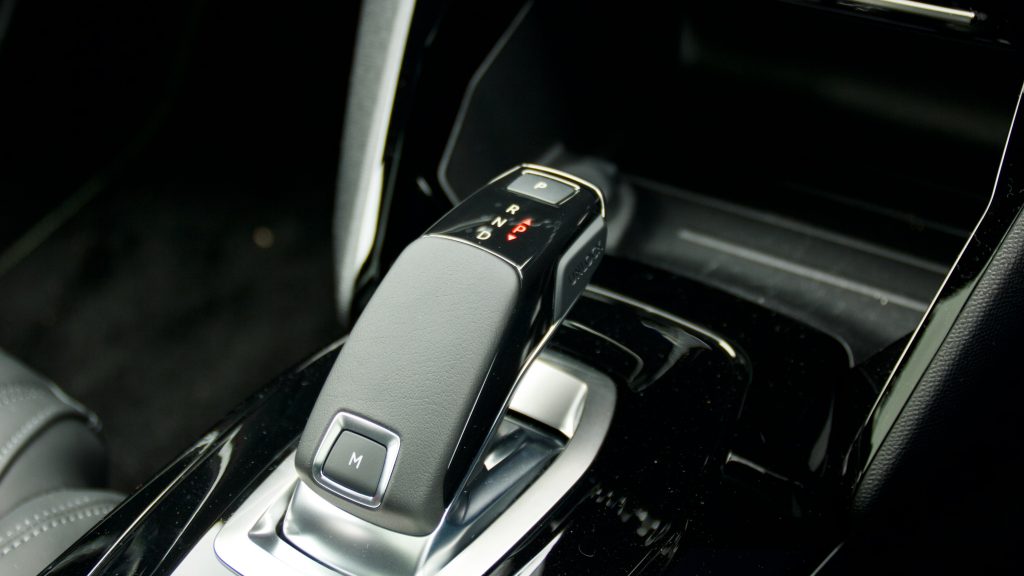
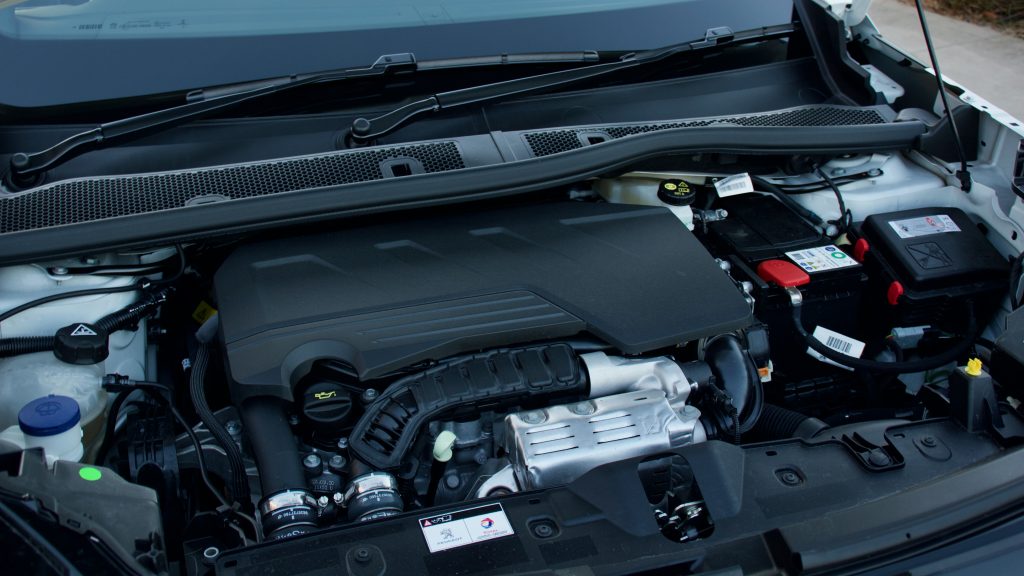
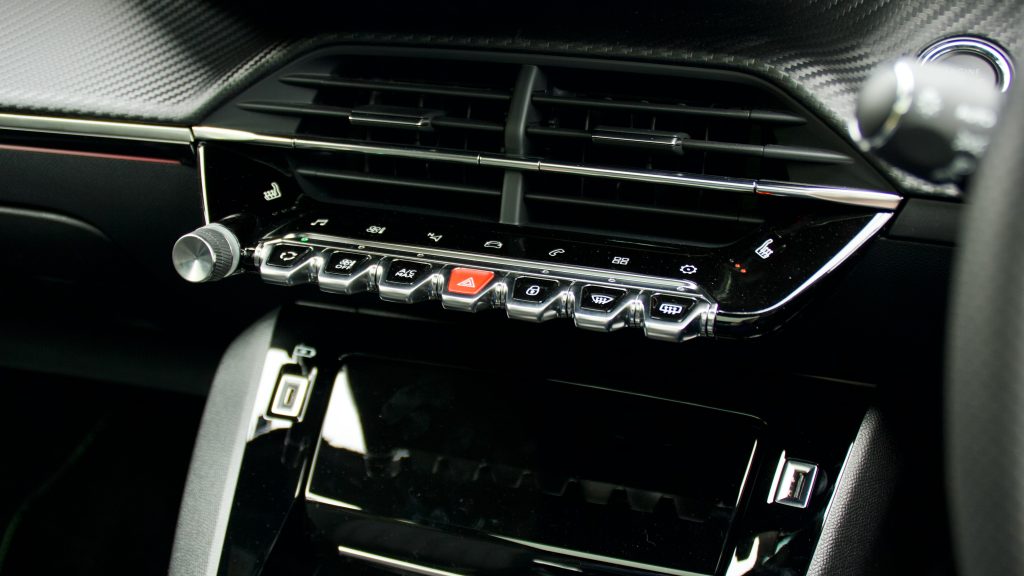
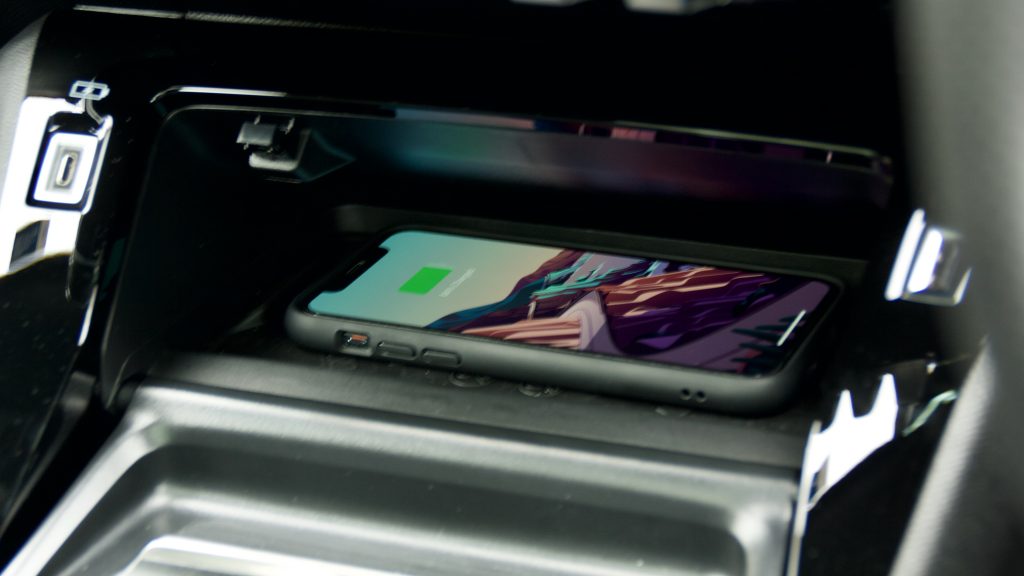
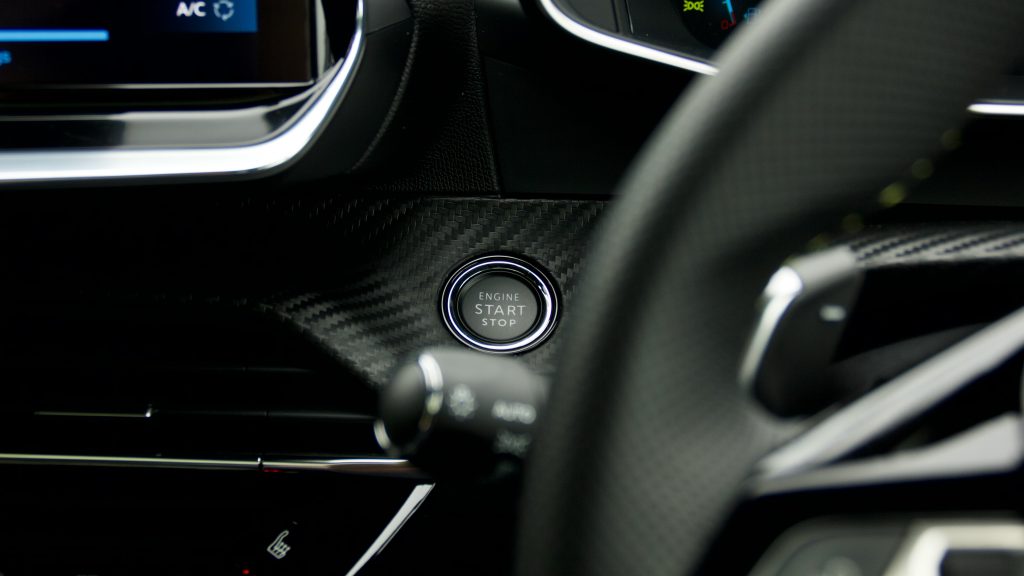
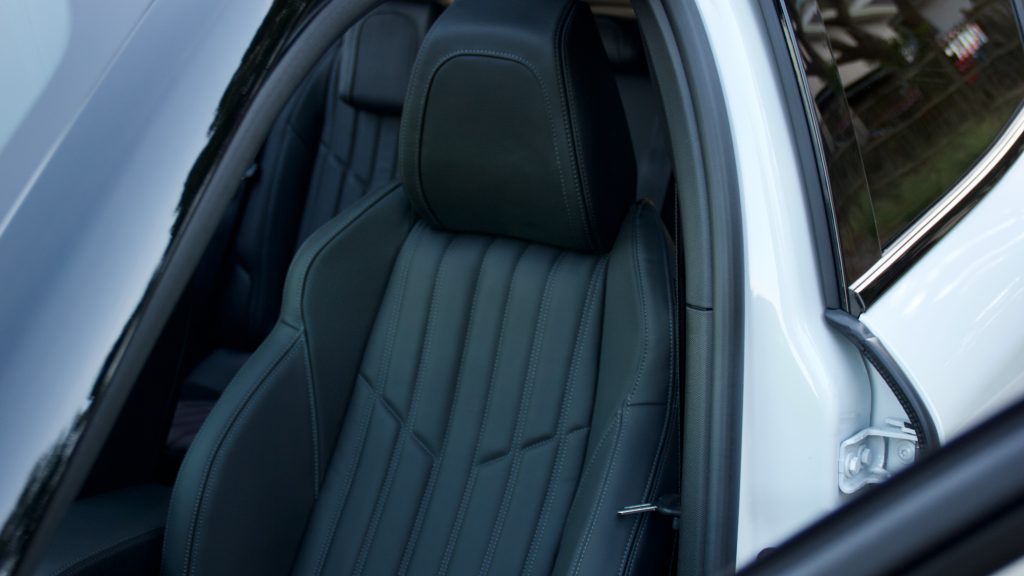
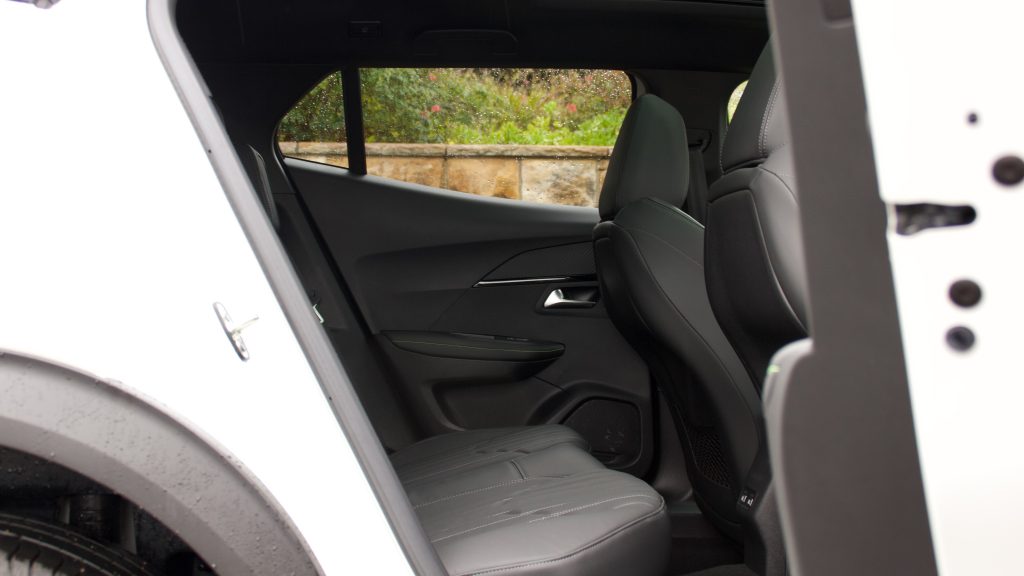
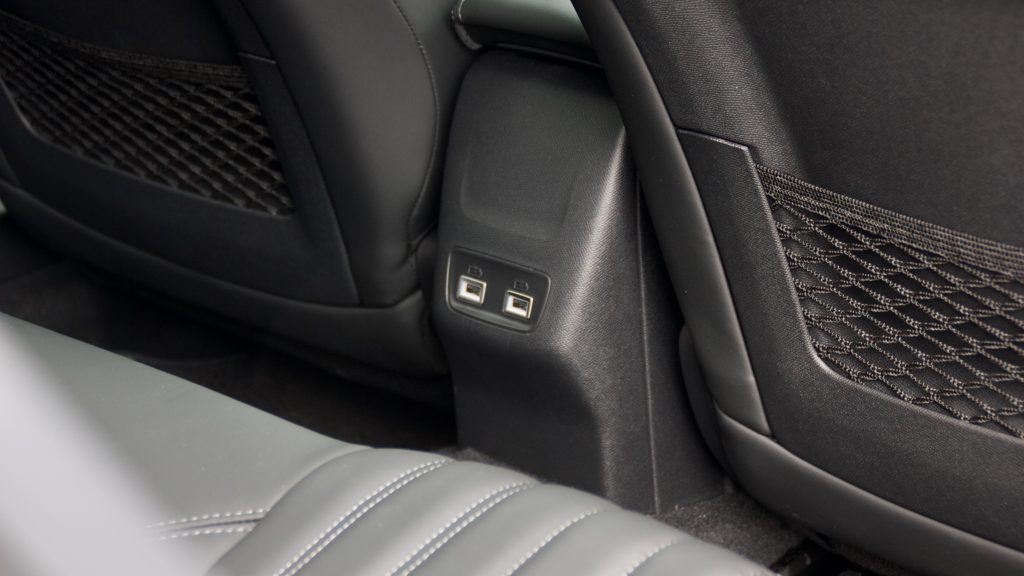
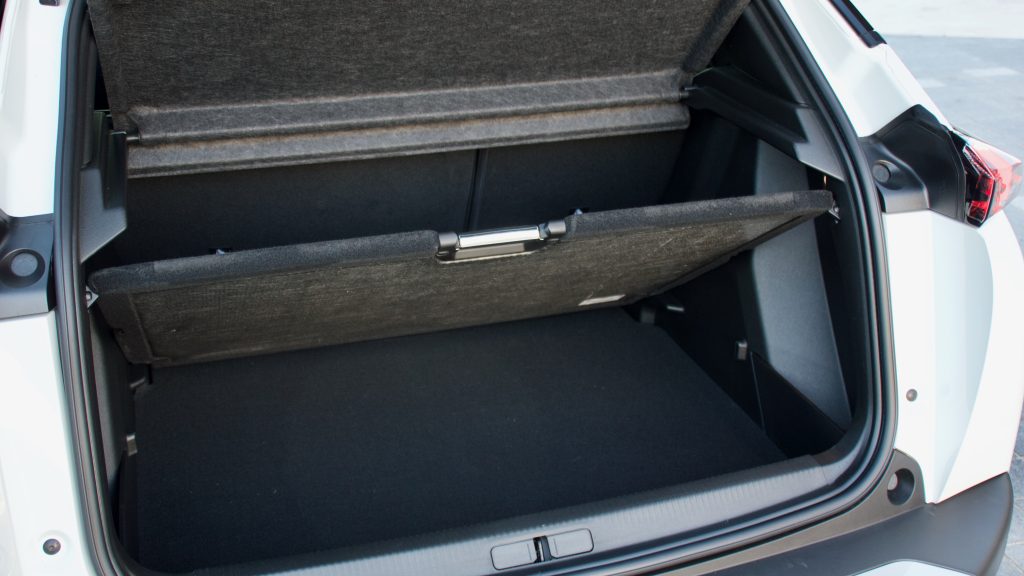
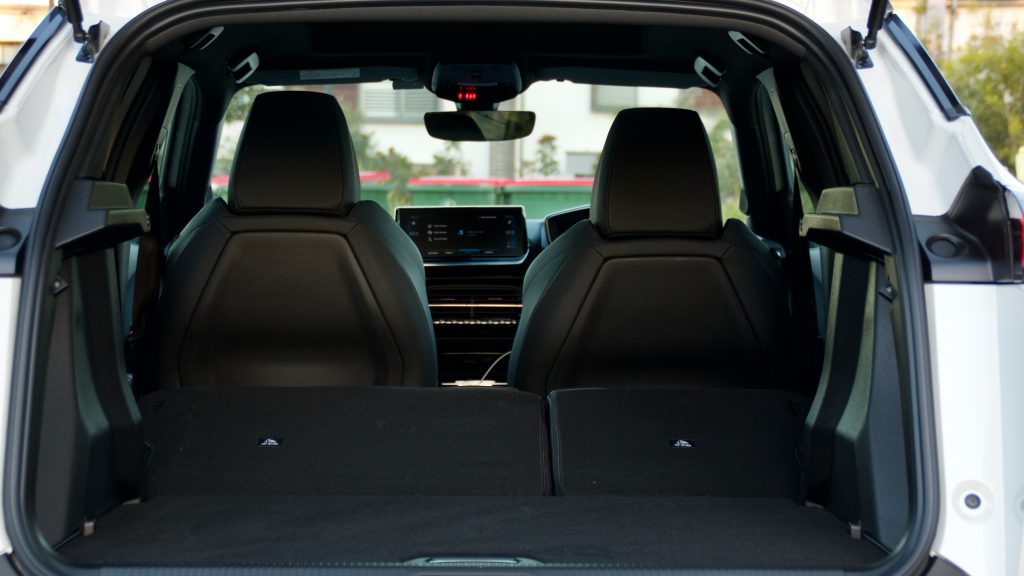
Leave a Reply